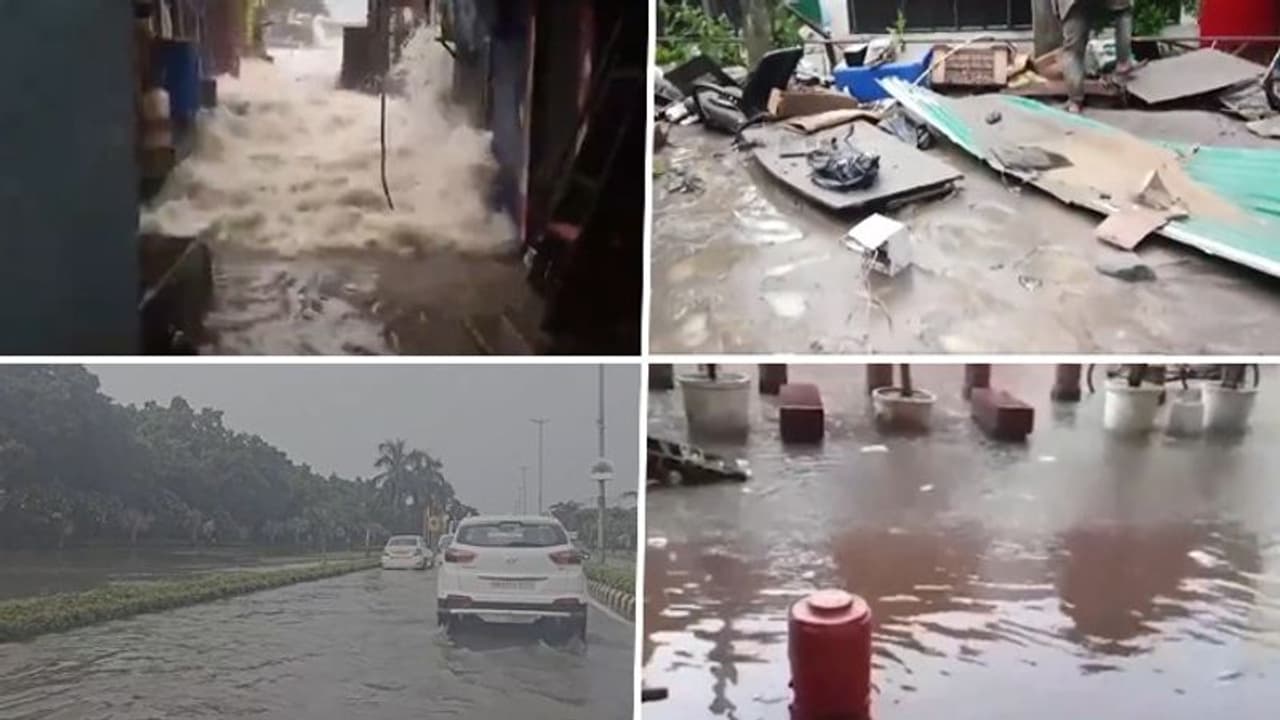As July draws to a close, India is experiencing an overall excess in monsoon rainfall, with the country receiving 9-10% more rain than average for the month.
As July draws to a close, India is experiencing an overall excess in monsoon rainfall, with the country receiving 9-10% more rain than average for the month. This brings the season’s total rainfall to 2% above normal. Despite this, the distribution of the monsoon has been uneven, with central and southern regions seeing plentiful rain, while the northwest and eastern parts of the country grapple with significant deficits.

According to data from the Indian Meteorological Department (IMD) up to July 30, 36% of India’s districts—267 out of 742—have reported deficient or ‘large deficient’ rainfall. This includes all districts in Jharkhand and Gangetic Bengal, 33 of 38 districts in Bihar, 19 of 22 districts in Punjab and Haryana, five of nine in Delhi, nine of 12 in Himachal Pradesh, and 15 of 20 in Jammu and Kashmir.
Also read: Wayanad landslide explainer: Why Kerala faces disasters every monsoon
Among the deficit districts, 232 have experienced rainfall deficits ranging from 20% to 59% below normal, while 35 districts have seen deficits of 60% or more. In contrast, 245 districts reported normal rainfall, and 230 districts received excess or large excess rainfall.
The rainfall map highlights two main deficit regions: one in eastern India and another in the northwest. These areas have faced consistent rainfall shortages, exacerbated by poor rainfall in June, which ended with a nationwide deficit of 11%. Additionally, the monsoon trough has largely remained south of its usual position, benefiting central India but leaving areas like northwest India, Bihar, Jharkhand, and Gangetic Bengal with deficits.
M Rajeevan, a veteran meteorologist and former secretary at the Union Ministry of Earth Sciences, noted that the poor rainfall in these areas is partly due to the delayed monsoon trough and a delayed La Nina formation affecting the monsoon’s strength.
“These areas are largely dry partly because of poor rainfall in June, which ended with a countrywide deficit of 11%. Also, in July, monsoon trough has mostly been south of its normal position, which generally brings bountiful rainfall to central India but may leave deficits in northwest and areas like Bihar, Jharkhand and Gangetic Bengal,” he was quoted as saying in a TOI report.
Experts anticipate a period of lull in August, as the monsoon has been in an active phase for over a month.
In specific regions, Haryana, including Gurgaon, has faced a significant rainfall deficit in July, with only six out of 22 districts meeting normal levels. The IMD attributes this to the delayed La Nina, which has impacted monsoon patterns. Experts recommend implementing contingency plans and adaptive strategies to assist farmers and mitigate water scarcity in affected regions.
On a positive note, Madhya Pradesh has seen a marked improvement in rainfall, reducing the number of deficit districts from 18 on July 11 to just five by July 25. The state has experienced a 7% surplus in rainfall compared to the normal amount. Forecasts suggest that the monsoon is expected to end close to 110% of normal levels this year, indicating a strong finish to the season.
As the monsoon season progresses, ongoing monitoring and adaptive measures will be crucial to addressing regional imbalances and supporting agricultural and water management efforts across the country.
